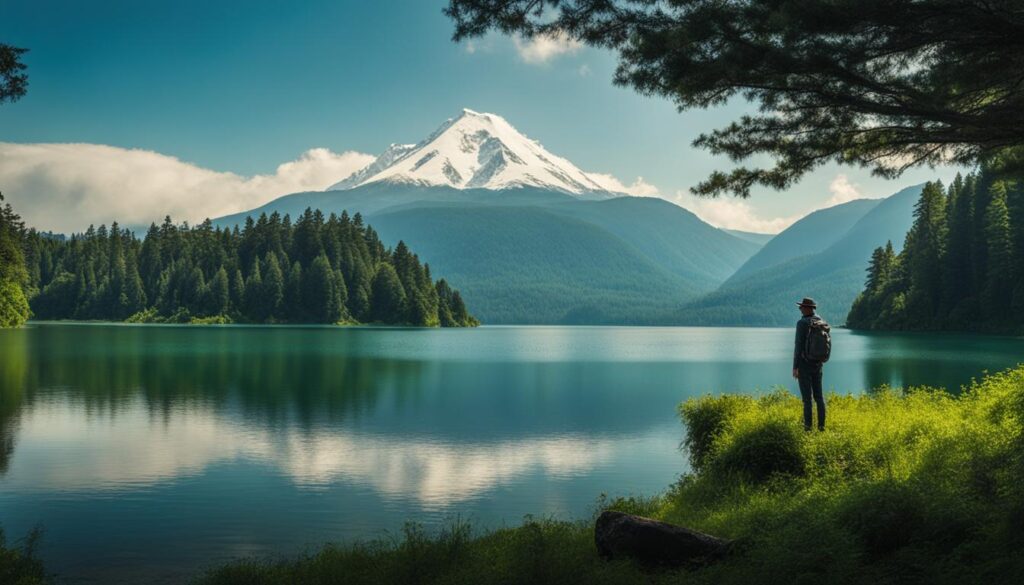Rural travel rewards curiosity, patience, and a willingness to trade polished itineraries for lived experience. Hidden gems often sit beyond the last bus stop family farms, craft villages, river valleys, community conservancies places where culture and landscape still move to seasonal rhythms.
Start by following local food. Weekly livestock markets, millet beer festivals, olive harvests, or fish smokehouses reveal where people gather. Ask stallholders where visitors can stay; informal homestays frequently grow into unforgettable cultural exchanges. In many regions, agricultural cooperatives now host guests who help plant, weed, or harvest in exchange for stories, cooking lessons, and field‑to‑table meals.
Do a little homework, then leave room to improvise. Regional extension offices, farm bureaus, and transport stages can clue you into seasonal road conditions, planting calendars, and local festivals that never appear in glossy brochures. Download offline maps and carry enough cash in small denominations; mobile money coverage can vanish once you crest a ridge.
Landscape shapes memory. Seek low‑impact ways to explore: bike gravel farm lanes, paddle small lakes, ride local matatu or jeepney routes that stitch remote hamlets together. Move slowly enough to notice terraced hills, stone bridges, apiaries buzzing behind hedgerows, and schoolchildren commuting on foot. Photograph with permission; offer to share images back via messaging apps.
Respect carries weight. Rural economies can be delicate, so pay fair prices, decline to bargain aggressively over handmade goods, and tip guides transparently. Carry a small translation card for greetings, gratitude, and dietary needs; using even a few local words opens doors to kitchens and ceremonies usually closed to outsiders.
Plan light, spend local. Rather than packing imported snacks, buy village produce. Fill reusable water bottles at boiled or filtered sources. Choose community‑run lodges, women’s weaving collectives, or youth‑managed trail projects that reinvest earnings in schools and clinics. Track your footprint: pack out waste, avoid single‑use plastics, and stick to marked paths to prevent crop damage.
Finally, share responsibly. When you write or post about a hidden valley or sacred grove, confirm residents are comfortable being publicized. General location tags protect sensitive sites from overtourism. Your stories should amplify rural voices, not replace them.
Pack curiosity, humility, and flexible time for the road ahead.
Traveling off the beaten path is less about discovering untouched places and more about meeting people where they live, work, and celebrate. Go gently, listen deeply, and you’ll find that the smallest settlement can become the most expansive journey.

